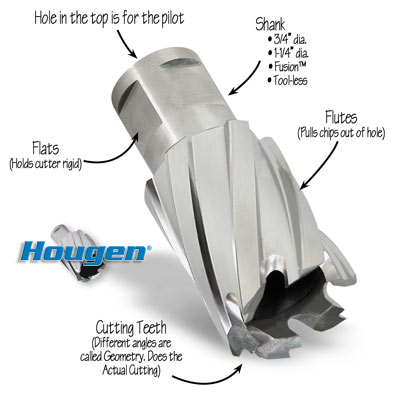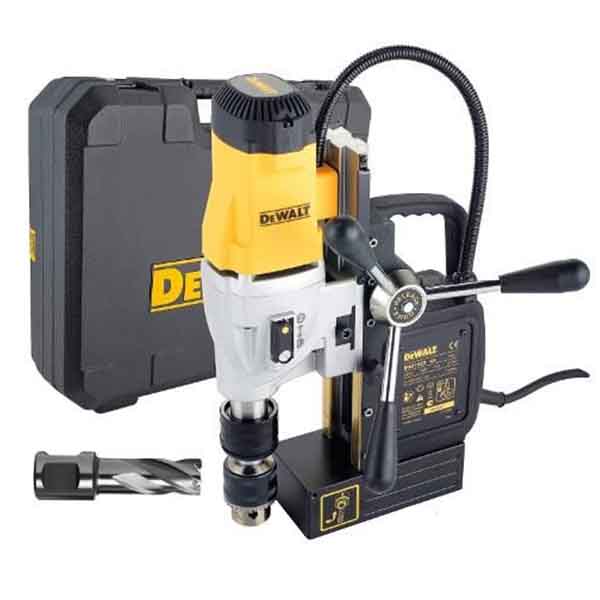Alwayslearningelec
Senior Member
- Location
- NJ
- Occupation
- Estimator
Any of you guys ever drill through a I beam for your conduit? What would you use to drill through? Not exactly sure of thickness but it's a standard beam. Thanks.
Obvious questions what size hole and is the structural engineer signing off on this? I've seen them drilled with a magnetic base drill and then an additional steel plate is welded around the hole.
I agree and would never drill a structural beam or column be it steel or wood without architect or engineers approval.Obvious questions what size hole and is the structural engineer signing off on this?

Thanks so are the bits the same whether you use a hole saw or mag drill?

Thanks. When you say "either" your referring to the bit? What two types of bits? The annular and.....?
Which is probably true but without having the right person sign off on it could be an expensive mistake. We had an electrician drill through the main structural beam on a new radiology building and was looking at over $10,000 to have it replaced. We were looking at the whole roof being jack up and supported while it was maneuvered out and a new maneuvered in. It was bogus and the manufacturer of the beam came up with a repair for a less than $1000.00 but it could have been avoided with a little communication.The general rule of thumb I remember is the middle third in each direction is generally safe within proportional limits.
I've seen many steel beams with holes in them or sometimes even large web openings for ducts to pass through. There are ways to reinforce the penetration so that beam remains with its original strength and replacement is not needed. Just find out before you make the penetration.Which is probably true but without having the right person sign off on it could be an expensive mistake. We had an electrician drill through the main structural beam on a new radiology building and was looking at over $10,000 to have it replaced. We were looking at the whole roof being jack up and supported while it was maneuvered out and a new maneuvered in. It was bogus and the manufacturer of the beam came up with a repair for a less than $1000.00 but it could have been avoided with a little communication.
Roger
Yes That is generally the best place for a hole. Pretty much all engineered wood beams in the trusjoist catalog can be drilled there. PSL's are middle third, but LVL's have a larger allowable hole zone. But getting approval for steel could be trickyThe general rule of thumb I remember is the middle third in each direction is generally safe within proportional limits.
And if it is "inches thick" it is for a reason and possibly even more critical to get structural engineer's blessing to do so.Yes, either the annular style bit or a standard hole saw will work in the drill in the photo. But again for one hole the annular drill is overkill unless we're talking of steel that's inches thick.

